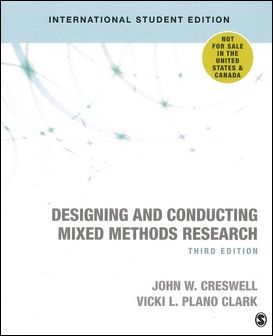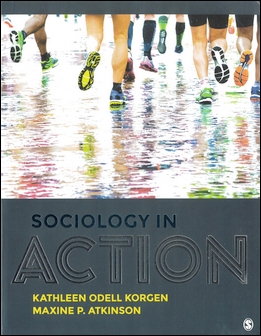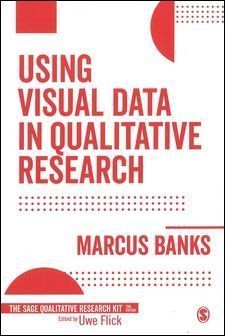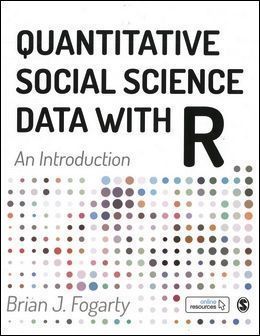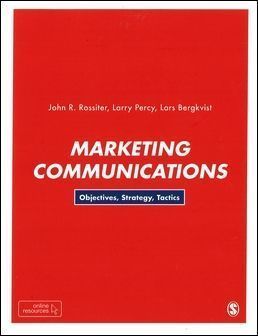書籍分類
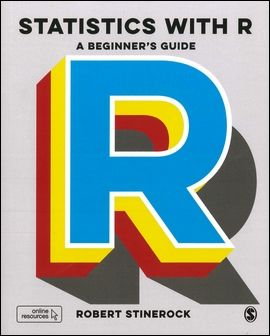
Statistics with R: A Beginner's Guide
作者:Robert Stinerock
原價:NT$ 970
ISBN:9781473924901
版次:1
年份:2018
出版商:SAGE Publications
頁數/規格:410頁/平裝單色
參考網頁:Statistics with R: A Beginner's Guide
版次:1
年份:2018
出版商:SAGE Publications
頁數/規格:410頁/平裝單色
參考網頁:Statistics with R: A Beginner's Guide
內容介紹 本書特色 目錄 作者介紹
- Description
- Complete an introductory course in statistics
- Prepare for more advanced statistical courses
- Gain the transferable analytical skills needed to interpret research from across the social sciences
- Learn the technical skills needed to present data visually
- Acquire a basic competence in the use of R.
- The book provides readers with the conceptual foundation to use applied statistical methods in everyday research. Each statistical method is developed within the context of practical, real-world examples and is supported by carefully developed pedagogy and jargon-free definitions. Theory is introduced as an accessible and adaptable tool and is always contextualized within the pragmatic context of real research projects and definable research questions.
The dynamic, student focused textbook provides step-by-step instruction in the use of R and of statistical language as a general research tool. It is ideal for anyone hoping to:



